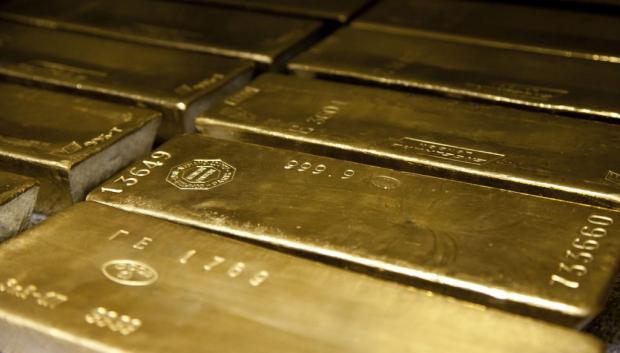
Breaking News
 Joe Rogan Criticizes The Harsh Tactics Of ICE: Here's Why He's Wrong
Joe Rogan Criticizes The Harsh Tactics Of ICE: Here's Why He's Wrong
 Stablecoins Could Increase Treasury Demand, but Only by Reducing Demand for Other Assets
Stablecoins Could Increase Treasury Demand, but Only by Reducing Demand for Other Assets
 $150 CNC Plasma Table Build for Your Garage Easy Quick and Very Cost Effective
$150 CNC Plasma Table Build for Your Garage Easy Quick and Very Cost Effective
Top Tech News
 3D Printed Aluminum Alloy Sets Strength Record on Path to Lighter Aircraft Systems
3D Printed Aluminum Alloy Sets Strength Record on Path to Lighter Aircraft Systems
 Big Brother just got an upgrade.
Big Brother just got an upgrade.
SEMI-NEWS/SEMI-SATIRE: October 12, 2025 Edition
 Stem Cell Breakthrough for People with Parkinson's
Stem Cell Breakthrough for People with Parkinson's
 Linux Will Work For You. Time to Dump Windows 10. And Don't Bother with Windows 11
Linux Will Work For You. Time to Dump Windows 10. And Don't Bother with Windows 11
 XAI Using $18 Billion to Get 300,000 More Nvidia B200 Chips
XAI Using $18 Billion to Get 300,000 More Nvidia B200 Chips
 Immortal Monkeys? Not Quite, But Scientists Just Reversed Aging With 'Super' Stem Cells
Immortal Monkeys? Not Quite, But Scientists Just Reversed Aging With 'Super' Stem Cells
 ICE To Buy Tool That Tracks Locations Of Hundreds Of Millions Of Phones Every Day
ICE To Buy Tool That Tracks Locations Of Hundreds Of Millions Of Phones Every Day
 Yixiang 16kWh Battery For $1,920!? New Design!
Yixiang 16kWh Battery For $1,920!? New Design!
 Find a COMPATIBLE Linux Computer for $200+: Roadmap to Linux. Part 1
Find a COMPATIBLE Linux Computer for $200+: Roadmap to Linux. Part 1
Gold Demand Hit 11-Year High in 2022

Massive central bank purchases coupled with strong retail investor buying and slowing outflows from ETFs drove overall demand higher.
Gold demand last year was on par with 2011, "a time of exceptional investment demand," according to the WGC.
Central banks bought 1,136 tons of gold last year. It was the second-highest level of net purchases on record dating back to 1950. It was the 13th straight year of net central bank gold purchases.
Central banks added 417 tons of gold to their reserves in Q4, bringing the total in H2 to 862 tons. This was due to a combination of reported buying by central banks in Turkey, India, Uzbekistan, and many other emerging markets, along with an estimate for significant unreported buying. Central banks that often fail to report purchases include China and Russia. Many analysts believe China is the mystery buyer stockpiling gold to minimize exposure to the dollar.

 WTF Is Going On...
WTF Is Going On...

